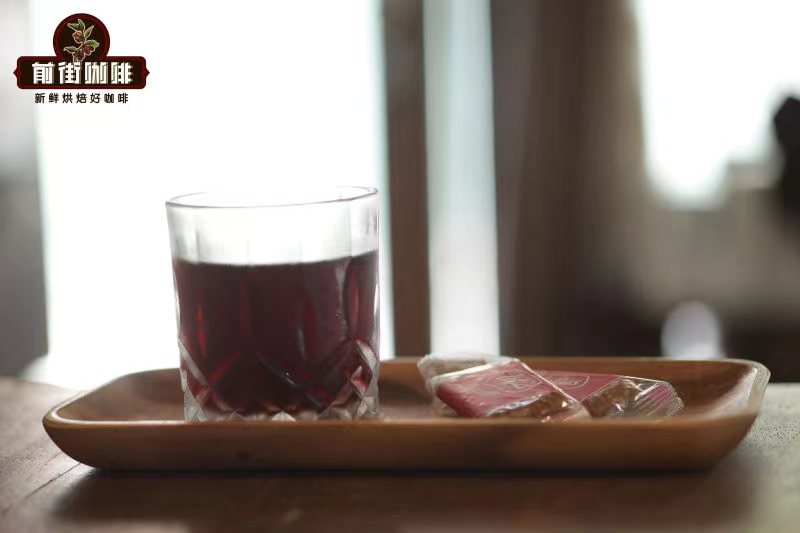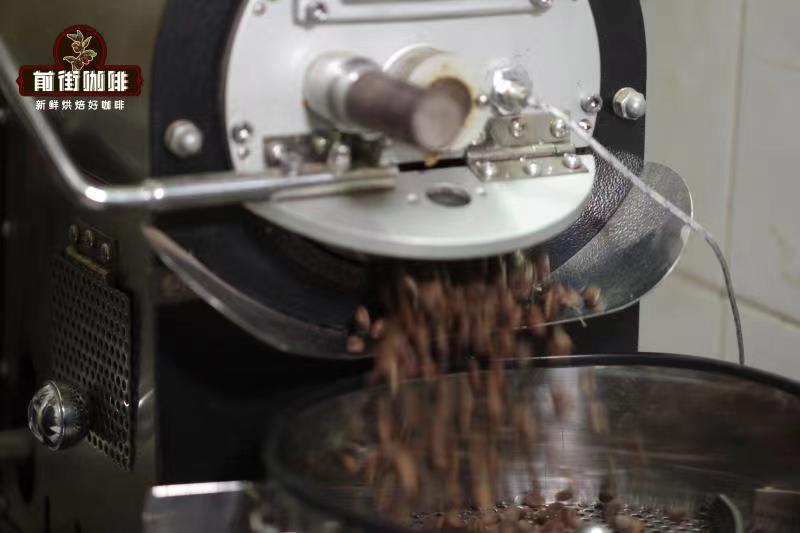Kenyan boutique manor coffee beans John Mark Manor Sunshine Marseilles Micro batch
Kenyan boutique manor coffee beans
Origin of coffee beans: Kenya
Manor name: Kenya John Mark Manor Sunshine Marseilles Micro batch
Treatment: insolation
Beans: 100% Arabica SL28 SL34
Flavor: caramel Luoshenhua wine brewed pineapple tropical fruit juice with sweet taste and mellow finish
Baking degree: shallow baking
Altitude: 1850m
Coffee flavor
Various nutrients from raw coffee beans are thermally degraded into various odor molecular structures under baking, producing flavors similar to those of various aromas. Good coffee beans are naturally rich in aroma, and in high temperature, medium temperature, low temperature, there will be a variety of natural aroma changes, very pleasant, worthy of careful taste.
Kenya Coffee (Kenya) is an important producer of boutique coffee in East Africa. Most of the country's population is engaged in the coffee industry, mostly in the form of a combination of small farmers and cooperatives. Most of the coffee trees of Kenyan coffee are planted at high altitudes. There are many producing areas in Kenya that strive to preserve the native forest ecosystem, protect the natural gene pool, support the reproduction of wild coffee varieties and breed a variety of coffee trees.
Arabica SL28 and SL34
In 1930, the unique Kenyan varieties SL28 and SL34, which were cultivated and named by Scott Laboratories laboratory, were born under a good primary forest ecosystem.
SL28 has a mixed pedigree of French missionaries, mochas and Yemens Tibica. The goal of cultivating SL28 was to mass produce coffee beans with high quality and resistance to diseases and insect pests. Although the yield of SL28 was not as high as expected, the copper leaf color and broad bean-shaped beans have great sweetness, balance and complex flavor, as well as remarkable citrus and black plum characteristics. SL34 and SL28 are similar in flavor, except for the complex acidity and great sweetness of the finish, which is heavier, fuller and drier than SL28. SL34 has French missionaries, bourbon, and more Tibica ancestry. Dou looks similar to SL28, but is more adaptable to sudden heavy rain.

Treatment method (Coffee Processes)
It refers to the process of turning ripe red fruit into dried raw beans. each treatment method has its own advantages and disadvantages, and is affected by the natural environment and demand of the producing area, so each producing area has its own suitable treatment method. This batch is solarization treatment.
Natural / Sundried / Dry Processed by tanning method
Also known as natural drying and non-washing treatment, the collected coffee fruit is dried in the sun and shelled, absorbing the taste of the peel and pulp during the long exposure process, while making the coffee more sweet and mellow and easy to produce unique aroma.
Important Notice :
前街咖啡 FrontStreet Coffee has moved to new addredd:
FrontStreet Coffee Address: 315,Donghua East Road,GuangZhou
Tel:020 38364473
- Prev

Does the filter coffee taste good? How to make a delicious drip coffee
French pressure pot coffee, hand-pulled espresso, hand-brewed coffee. It seems that no matter which direction we turn, there will be a new artisanal coffee shop with the latest and best brewing methods to provide the best coffee we have ever had in our lives. Although we are all about artisanal coffee shops-definitely about coffee lovers. In this
- Next

Suggestions on how to bake the strong fruit acid flavor of the main producing areas of Kenyan boutique coffee
Kenyan coffee, with its complex flavor and rich fruit aroma, gives people a sour and sweet tasting experience on the whole, because of the advantages of geographical environment, including different topography, such as high altitude, abundant rainfall, good soil quality, micro-climate, and so on. to enable coffee to multiply, but also to achieve many areas conducive to the growth of coffee.
Related
- What brand of black coffee is the most authentic and delicious? what are the characteristics of the flavor of the authentic Rose Summer Black Coffee?
- Introduction to the principle and characteristics of the correct use of mocha pot A detailed course of mocha pot brewing coffee is described in five steps.
- Which is better, decaf or regular coffee? how is decaf made?
- How much is a bag of four cat coffee?
- How about four Cat Coffee or Nestle Coffee? why is it a cheap scam?
- Which is better, Yunnan four Cats Coffee or Nestle Coffee? How about cat coffee? is it a fake scam? why is it so cheap?
- How about Cat Coffee? what grade is a hoax? which instant coffee tastes better, four Cat Coffee, Nestle Coffee or G7 coffee?
- Process flow chart of coffee making-Starbucks coffee making process what coffee tastes good at Starbucks
- The top ten best coffee beans in the world Rose summer coffee or Tanzanian coffee tastes good
- Yunnan four cat coffee is good to drink?_four cat coffee is a big brand? four cat blue mountain coffee is fake?

